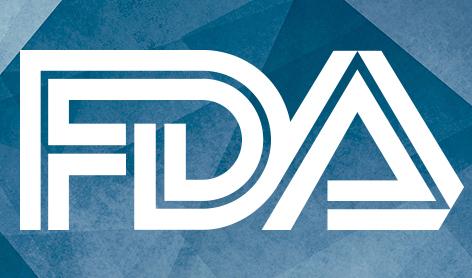Article
FDA Approves Byooviz, First Biosimilar to Treat Macular Edema and Other Eye Conditions
The approval, which was announced in a statement on September 20, makes Byooviz (ranibizumab-nuna) the first biosimilar to Lucentis (ranibizumab injection) for the treatment of several eye diseases and conditions.
This article was originally published on HCPLive.com.

The US Food and Drug Administration has approved ranibizumab-nuna (BYOOVIZ, SB11) for the treatment of neovascular (wet) age-related macular degeneration, macular edema following retinal vein occlusion, and myopic choroidal neovascularization.
The approval of the ranibizumab (LUCENTIS) biosimilar was announced in a statement on September 20 and was granted to Samsung Bioepis Co., Ltd. and Biogen Inc.
Agent
This approval marked the first ophthalmology biosimilar to become FDA approved in the United States.
According to the FDA, biosimilar products show similar efficacy and safety as the reference product, with savings in the US over the next 5 years projected to exceed $100 billion.
Ranibizuman is an anti-vascular endothelial growth factor (VEGF) therapy that prevents vision loss in patients with retinal vascular disorders that can cause irreversible blindness or visual impairment in adults.
The agent is administered by intravitreal injection once a month. Potential serious side effects including endophthalmitis and retinal detachment, increase in intraocular pressure, and thromboembolic events.
The approval was based on a randomized, Phase 3 study of SB11, in which the efficacy, safety, pharmacokinetics, and immunogenicity of SB11 was compared to reference ranibizumab in patients with wet AMD.
A total of 705 patients were randomized 1:1 to either SB 11 or reference ranibizumab with monthly injections (0.5 mg), with 634 patients receiving treatment until week 48.
Data show the least-squares mean change in best-corrected visual acuity from baseline at week 52 was 9.79 letters for SB11. In comparison, data show 10.41 letters for reference ranibizumab (difference -0.62; 90% CI, -2.092 to 0.857).
In addition, the LS mean change in central subfield thickness −139.55 μm for SB11 vs −124.46 μm for reference ranibizumab (difference -15.09; 95% CI, -25.617 to -4.563).
According to investigators, treatment-emergent adverse events and immunogenicity profile of both products were comparable at all time points up to week 52.
Reaction
In a statement, Kyung-Ah Kim, Senior Vice President and Development Division Leader, Samsung Biopis, noted the milestone for the nearly 11 million people in the US who are affected by age-related macular degeneration.
“The approval of BYOOVIZ™ underscores our continued commitment to providing valuable treatment options for people who do not have access to life-enhancing biologic medicines around the world,” she said.
Further, Sarah Yim, MD, director of the Office of Therapeutic Biologics and Biosimilars, FDA Center for Drug Evaluation and Research, noted in a statement that the approval marked a step forward in the FDA’s commitment to provide access to safe and effective biological products.
“Continuing to grow the number of biosimilar approvals is a key part of our efforts to provide greater access to treatment options for patients, increase competition and potentially lower costs,” Yim said.
Previously, the agent was approved in Europe and the United Kingdom in August 2021. It is the fifth biosimilar granted to Samsung Bioepis in the United States, with the others including infliximab (Renflexis), trastuzumab (Ontruzant), etanercept (Eticovo), and adalimumab (Hadlima).





